Motor Sport at 100: here’s our story so far
With the Green ’Un celebrating its century in this issue, Gordon Cruickshank recalls the leading characters and landmark dates that have shaped Motor Sport since 1924
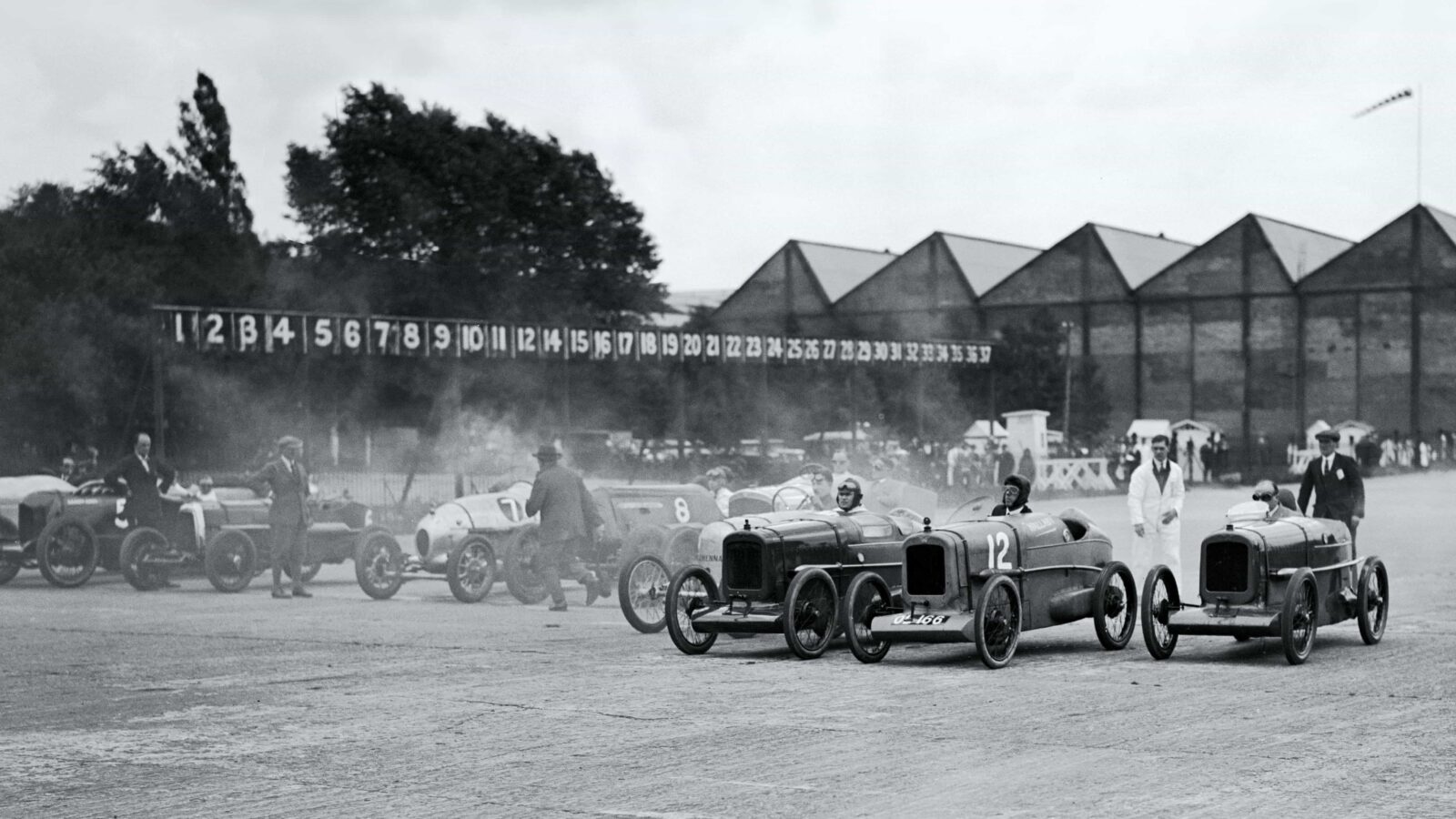
June 1924, Brooklands: The Brooklands Gazette team were present for the 75mph Long Handicap, which appeared in Issue No2
Getty Images

One hundred years ago a man called Oscar Seyd decided that the world of motor racing needed a dedicated publication on the subject. Back then motor racing in Britain was centred on Brooklands’ track, so the title seemed obvious – The Brooklands Gazette. A first edition appeared in July 1924, the founding issue of what would soon become Motor Sport, today celebrating our remarkable century – a century which has seen the title gain much respect worldwide for its forthright opinions, rich mix of contents and authoritative reportage.
Seyd, though, had other interests – a car dealership dating back to 1898 among others – and soon handed the reins to an enthusiast named Richard Twelvetrees who quickly widened the coverage and in August 1925 changed the title name to Motor Sport, with a logo formed from the start in the crisp Art Deco style that it displays still. Hillclimbs, trials, motorbikes, road tests and accessories, even motor boats and aircraft, all found their way in along with international events from grands prix to ice and sand racing – and, of course, the never-ending high-velocity doings on the bankings of Brooklands.
Photographs, naturally, were black and white, although the masthead was a cheery orange, later switching monthly between a range of colours. Green only dates back to the 1950s!
Though packed with content the title clearly wasn’t a secure proposition in the 1920s and ’30, stumbling on under a dozen owner/editors, skipping the odd month and in 1929 briefly stopping altogether. Yet the issues that did come out continued to offer a miscellany of racing news, road tests, product reviews and strident opinion, by enthusiasts involved first-hand with the sport such as Motor Sport owner and keen driver TG Moore, who wrote about his many car adventures, including several Monte Carlo Rallies and taking his Bentley to New Zealand.
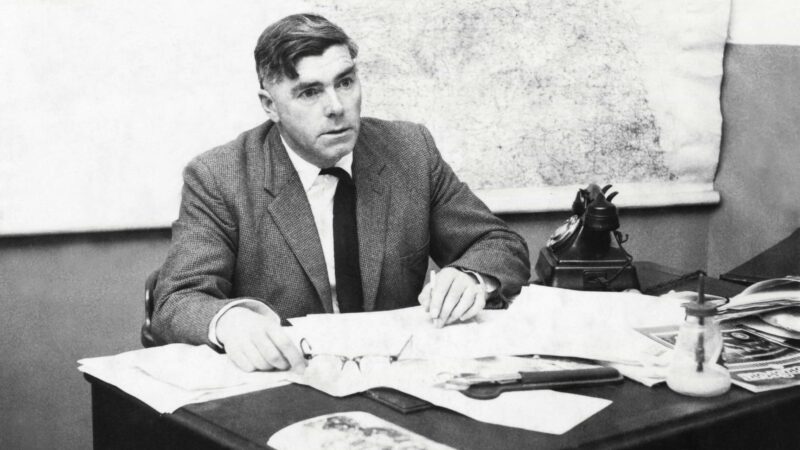
Bill Boddy, here in pre-internet heaven, was Motor Sport editor from 1936 to ’91 – and continued contributing until a week before his death in 2011
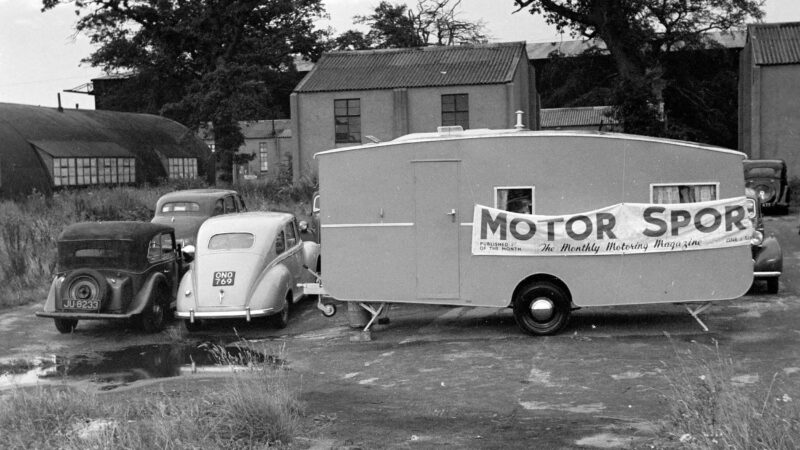
No glamorous double-decker motorhomes at Silverstone in 1950 when Motor Sport made itself at home for the BRDC International Trophy
LAT Images
By 1936, though, Moore had had enough. With bills unpaid, Motor Sport became the property of the printers and was handed, for £20, to the firm owner’s son, Wesley J Tee. This was the springboard of Motor Sport’s great years. Unimpressed by the then editor, ‘WJT’ asked freelancer and by now regular contributor Bill Boddy to take the helm, a dream job for someone who had bought Issue No1 as a schoolboy and wrote endless correction letters to the editor.
“I can’t promise it will be the best motoring magazine, but it will be different”
Though then a shy 23-year-old, ‘WB’, as he was universally known, would become a pivotal figure throughout the car world, especially on historic machines. He told WJT, “I can’t promise it will be the best motoring magazine, but it will be different” – and that it was. Now based in London’s Victoria and later City Road, Boddy’s Motor Sport included articles from racers, engineers and officials, meanwhile producing reams of his own detailed copy on racing and record-setting and especially the two threads he would become famous for – early cars and Brooklands, WB’s personal paradise. His influence in preserving old racing machines and the crumbling circuit itself cannot be underestimated, and his History of Brooklands Motor Course has for many years been a standard reference.
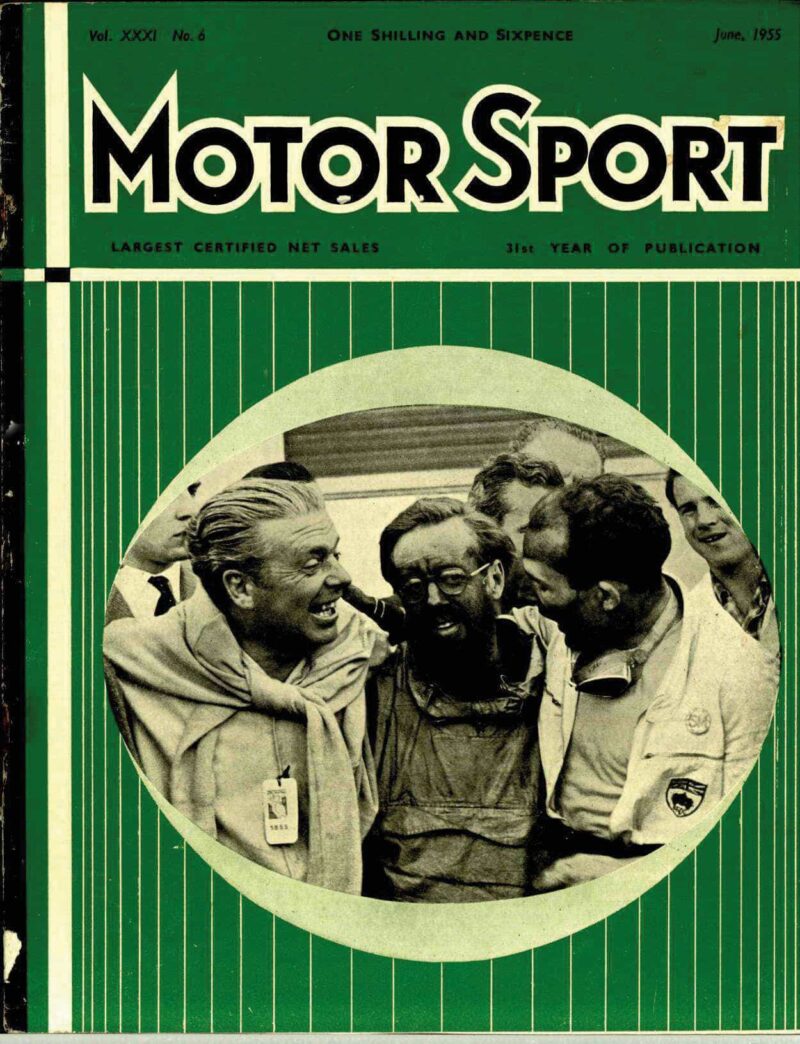
Jenks, Moss and Uhlenhaut on the landmark June ’55 issue
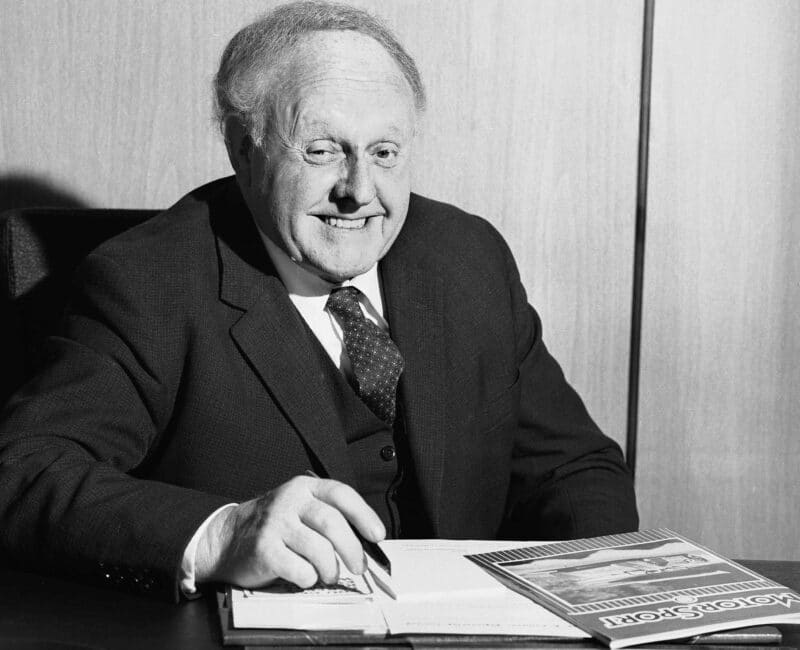
Magazine owner Wesley J Tee, in charge from 1936 to 1997
World War II and the cessation of racing looked set to scupper the newly thriving title, but WB persuaded WJT he could continue to run it remotely from his post at the Ministry of Aircraft Production, falling back on history and long-running and inexhaustible series from readers such as Cars I Have Owned.
Here he met Denis Jenkinson, an untidy but knowledgeable engineer and biker with a similar passion for the sport; they kept in touch and after the war Boddy invited ‘Jenks’ to write for Motor Sport on and off while he was competing in top-line bike racing; in 1949 ‘DSJ’ – as Jenks signed himself in MS style – and Eric Oliver became sidecar world champions.
Before long Jenks became Motor Sport’s continental correspondent, touring Europe throughout the season in a 356 Porsche and later in E-types, visiting race teams and reporting grands prix and racing of all sorts. And in the same way as WB was becoming the pre-eminent expert on Brooklands and early racers, Jenks was to become universally known and highly respected as a supremely switched-on analyst of motor sport, and was welcomed into any tuning shop, factory or pitlane across Europe.

Jenks with photographer armband at the 1964 British GP
These two unusual men shared an urge to report the facts frankly and without fear or favour; WB criticised new cars if they deserved it and published damning views of laws and lawmakers, while Jenks’s words were considered the definitive report of events, a position confirmed when he accompanied Stirling Moss to victory on the 1955 Mille Miglia. His first-hand account of that is still seen as one of the finest pieces of motoring journalism – hand-written on the evening of victory and trustingly sent back by post.

He especially admired Ayrton Senna
Getty Images
It helped that Mr Tee, who ruled the firm with a mixture of crafty charm and mulish intractability, always loved a fight and was delighted to take on anyone who objected to the eccentric magazine’s forthright opinions, even in court. During the 1950s Tee bought an ailing title called Motoring News and made it into a weekly newspaper rival to Autosport. Suddenly a small operation expanded as Motoring News (now Motorsport News, no relation) required a proper staff, whereas Motor Sport got by with Bod and Jenks filing remotely and a series of harassed assistant editors (including me) actually compiling pages in the office. One of these was Doug Nye, a columnist and contributor today, who lasted just months in 1968 before baling out “due to family politics and in-fighting”.
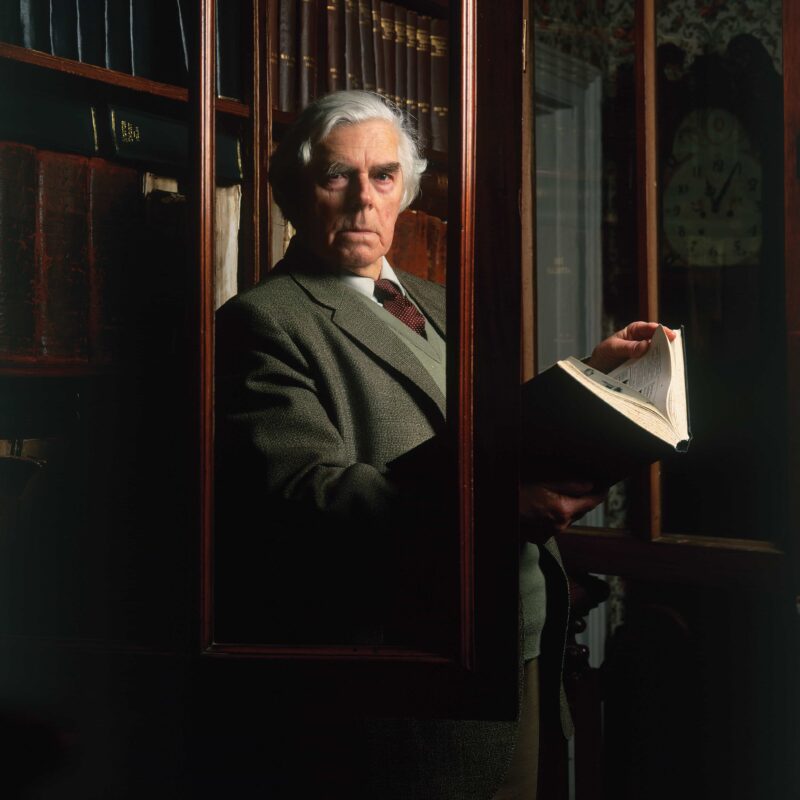
Boddy in later years.
For in those scruffy Standard House offices WJT employed many of his children: Michael started LAT Photographic (he was a skilled photographer), David looked after production, Ian buildings and cars, and Mary headed the accounts. Circulation rose steadily from the ’50s, boosted by colour photography and sheer credibility: newspapers offered overnight grand prix reports but readers were happy to wait for Jenks’s incisive assessment and Michael’s fine pictures, and by the 1960s monthly sales around British GP time hit some 160,000. Advertising thrived, and any sports or racing car of note was sold in our pages.
In the 1970s Alan Henry started to share GP reporting with DSJ, Mike Cotton and Gerry Phillips covered respectively sports car racing and rallying, and our traditional ‘plug’ of photo pages in the middle gradually spread across the issue.

Nigel Mansell in full flow during the Motor Sport Hall of Fame awards, one of the title’s many live events
When I arrived in 1982 Motor Sport still had its own printing presses thumping away downstairs, as well as typesetters operating strictly to union rules, which was always a diplomatic minefield. It was still a time of typewriters and posted copy, WB sending his much-corrected manuscripts from his Welsh home, Jenks returning his flawless written pages with the photographer and films on the late plane from Monza or Montjuich. Faxes, word processors and computers arrived, changing the process but not the content, WB still delving into history and Jenks equally likely to drop in on Lamborghini or a club hillclimb.
“Computers arrived, changing the process but not the content”
But while both were highly respected, they were a trial to work with, objecting to any editing to fit, and the monthly meetings, the only time both would come to London, were a tiresome postmortem. Despite updates, always retaining the green cover, the magazine fell behind visually yet retained a loyal readership who would uniquely send their year’s copies to Standard House to be bound into volumes.
In 1991 a reorganisation saw editorship move in-house, the much-missed Simon Arron steering along with David Tremayne. WB, now called founder editor in tribute to his profound influence, was recognised nationally in 1997 with an mbe. He now concentrated entirely on historic subjects, but the old team had ended when in 1996 Denis Jenkinson died.
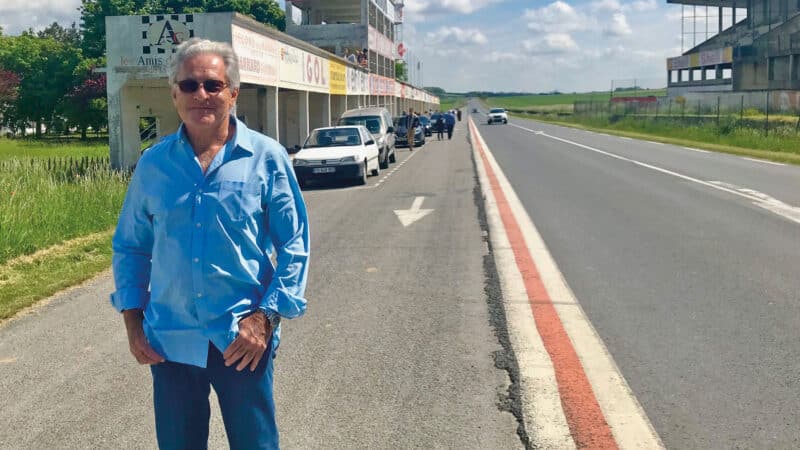
Edward Atkin, Motor Sport’s present owner, has been a reader since his teenage days
A year later our world shook again. After decades of teasing potential purchasers that he might sell the magazine, WJ Tee died, age 91. Haymarket Publishing took the title on, moving the offices to Twickenham, but more change was afoot: as the firm already had several racing titles the board decided that with the surge of interest in historic motor sport, this would be our focus. With a smart redesign, a bigger budget and new editors in Andrew Frankel, then Paul Fearnley, we ran lavish features and roamed Europe for the popular Track Test series, but the returns didn’t satisfy the high-ups who decided a red cover would bring a surge in readership. It didn’t; it irritated the faithful although the content was the same, and finally in 2006 Haymarket moved it on to Chelsea Magazines (a tiny office in Chelsea and a return to a green cover) before in 2009 one of the co-owners, racing enthusiast Edward Atkin cbe, bought the title outright and began a new era.
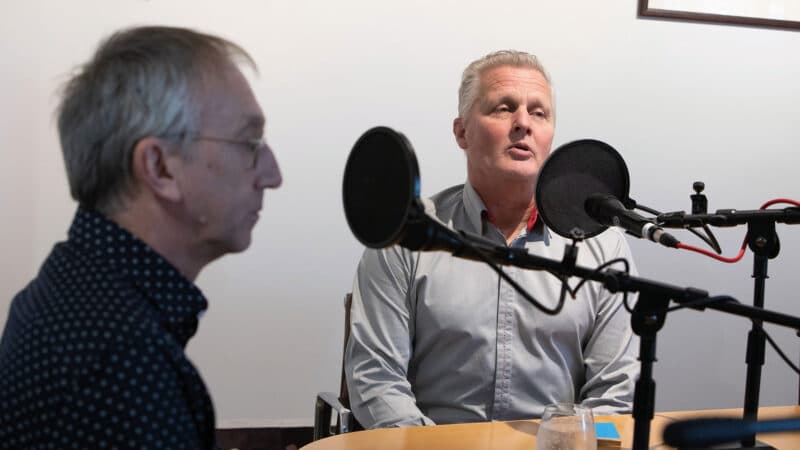
F1 editor Mark Hughes and former driver Johnny Herbert record a podcast, as Motor Sport expands beyond print
In grand new offices on the Thames and under editor Damien Smith we restarted Formula 1 and current racing coverage, along with historic features. Sadly though, in 2011, the magazine’s figurehead Bill Boddy died, age 98, having been writing to the very end of probably the longest-ever journalistic career, an astonishing 81 years.
Meanwhile under Atkin’s ownership, the title moved to new offices in north London, launched a busy website with a complete searchable archive, and invested in new ways of engaging readers, be it by podcasts, digital magazine issues, live events or track days.
In a recent interview for the RAC magazine, Atkin explained his motivation: “I see it as my obligation to run it,” he said. “I wanted to restore the fortunes of the magazine I had enjoyed for so long.”
As Motor Sport celebrates its 100th year it is indeed celebrating an upturn in its fortunes. Our circulation is rising (up 14% in 2023 in the latest ABC audit) and total sales now top 40,000, making it the biggest-selling as well as the oldest monthly racing magazine – and this month, the proudest.
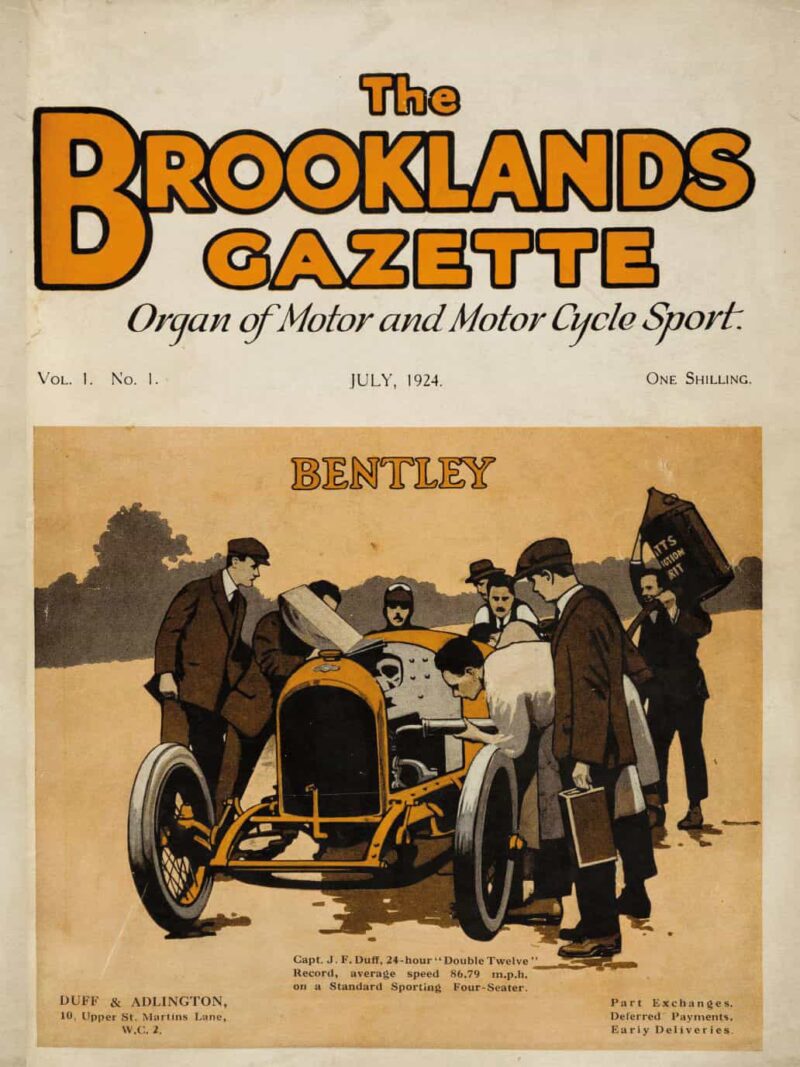
Motorsport magazine July 1924
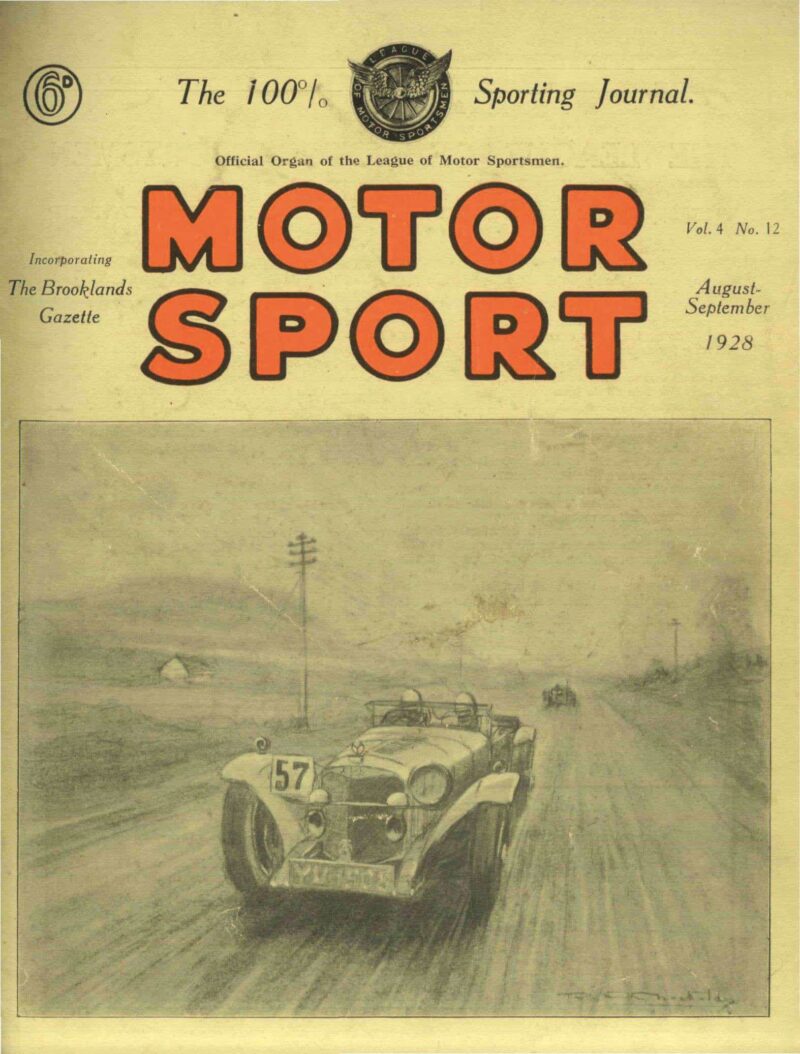
Motorsport magazine August 1928

Motorsport magazine January 1932
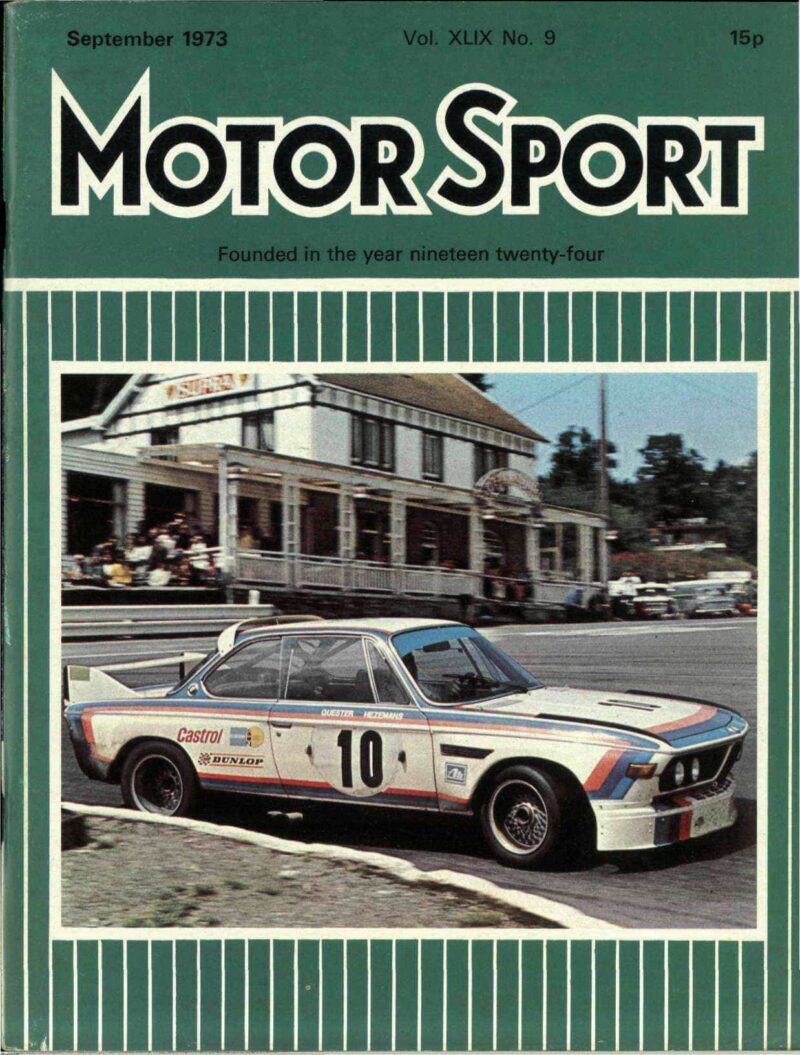
Motorsport magazine September 1973
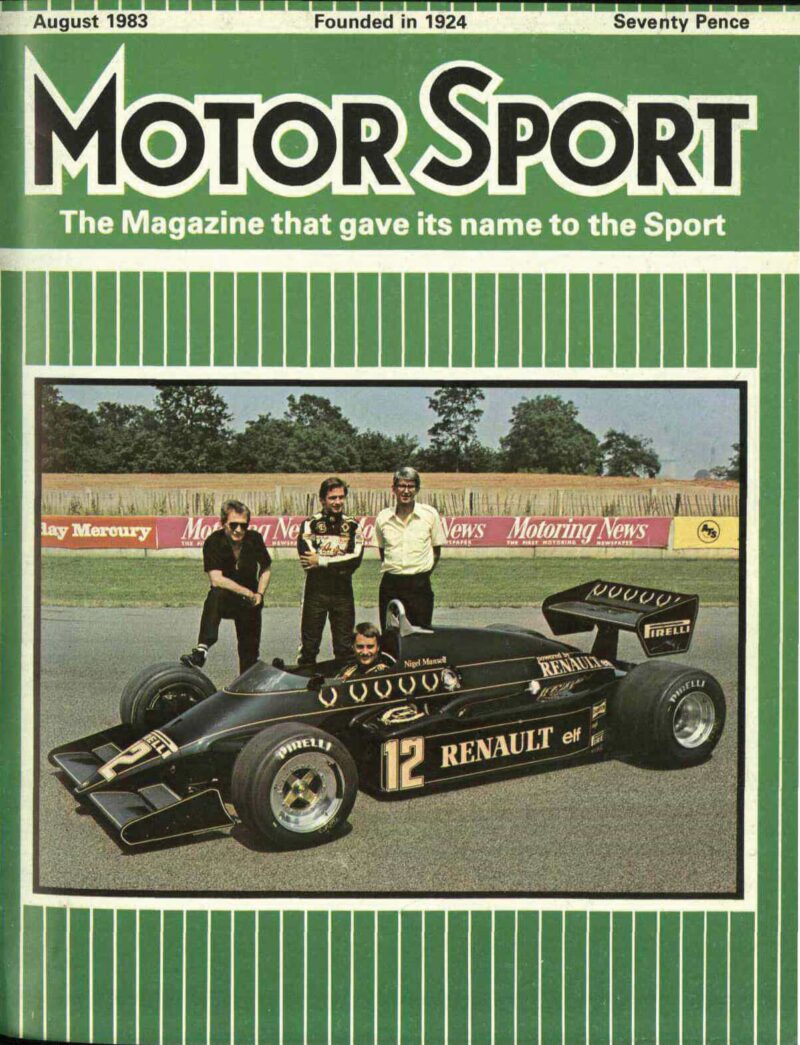
Motorsport magazine August 1983
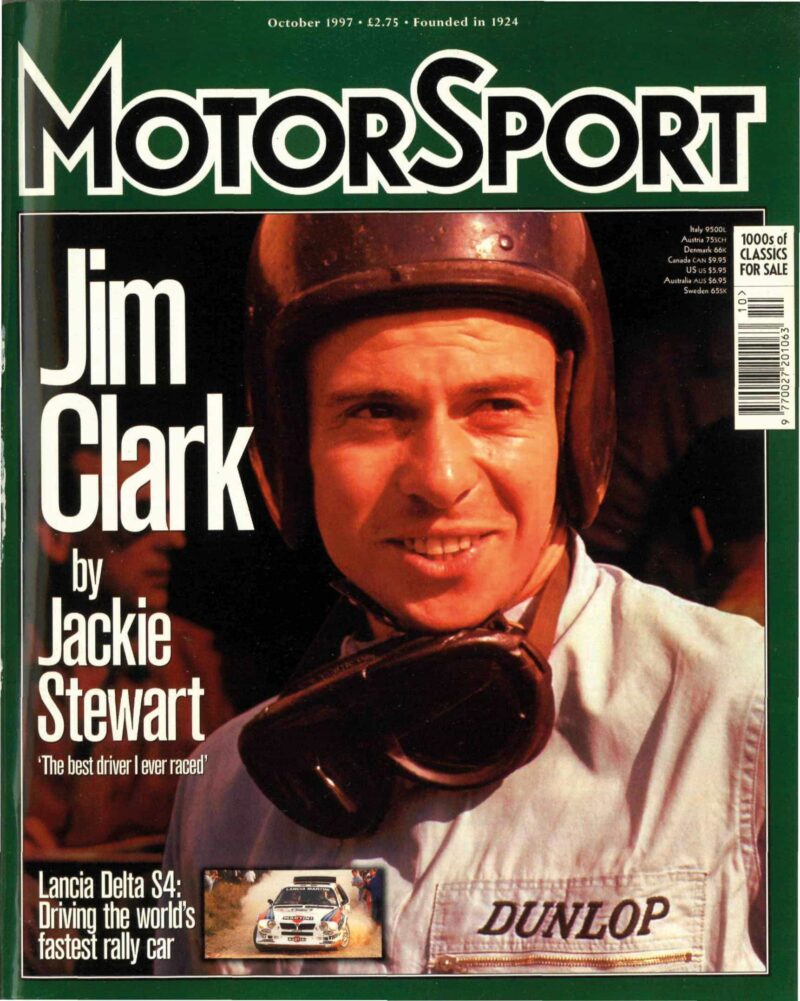
Motorsport magazine October 1997
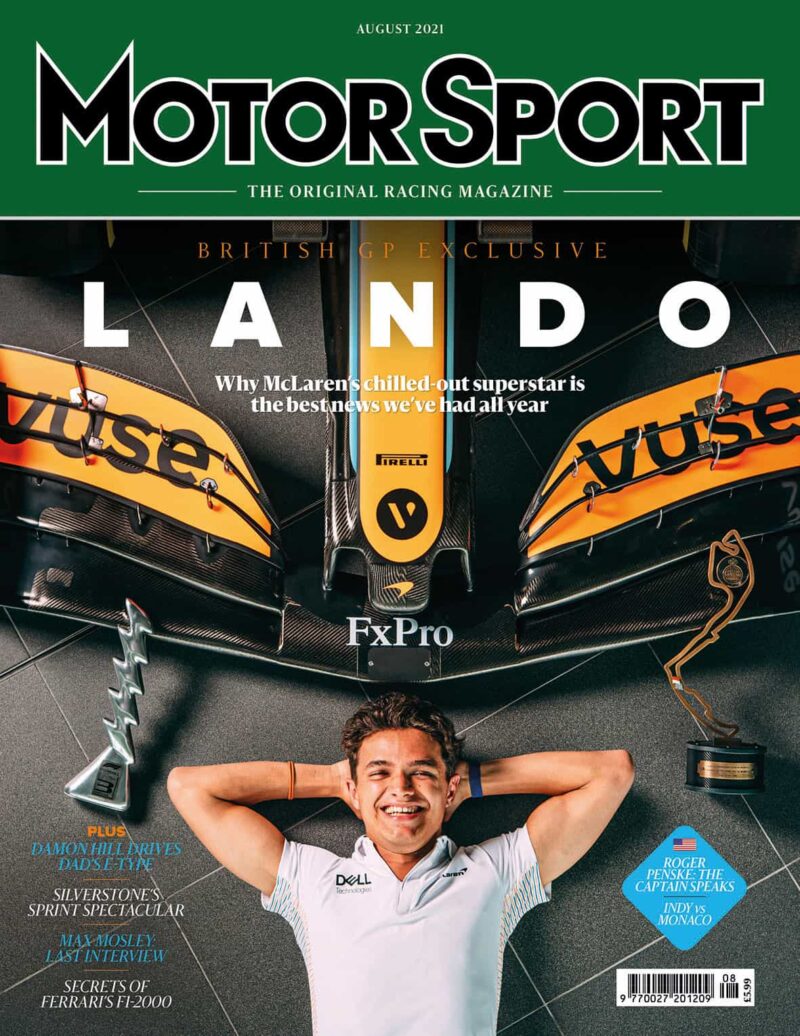
Motorsport magazine August 2021
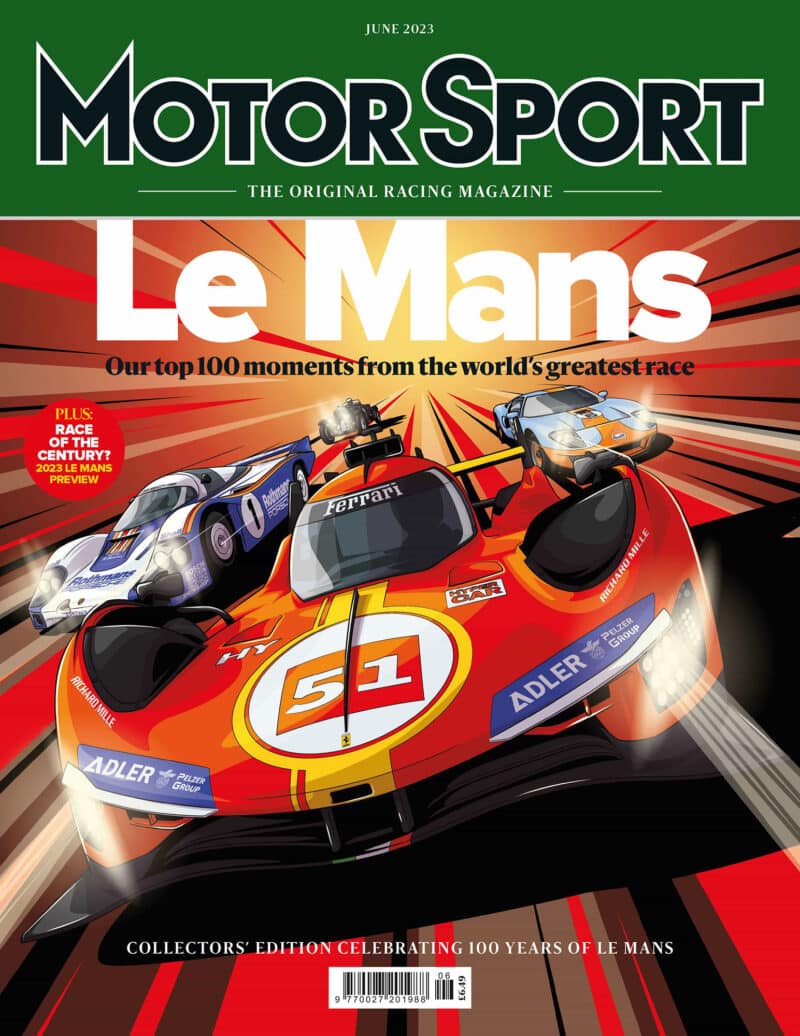
Motorsport magazine June 2023
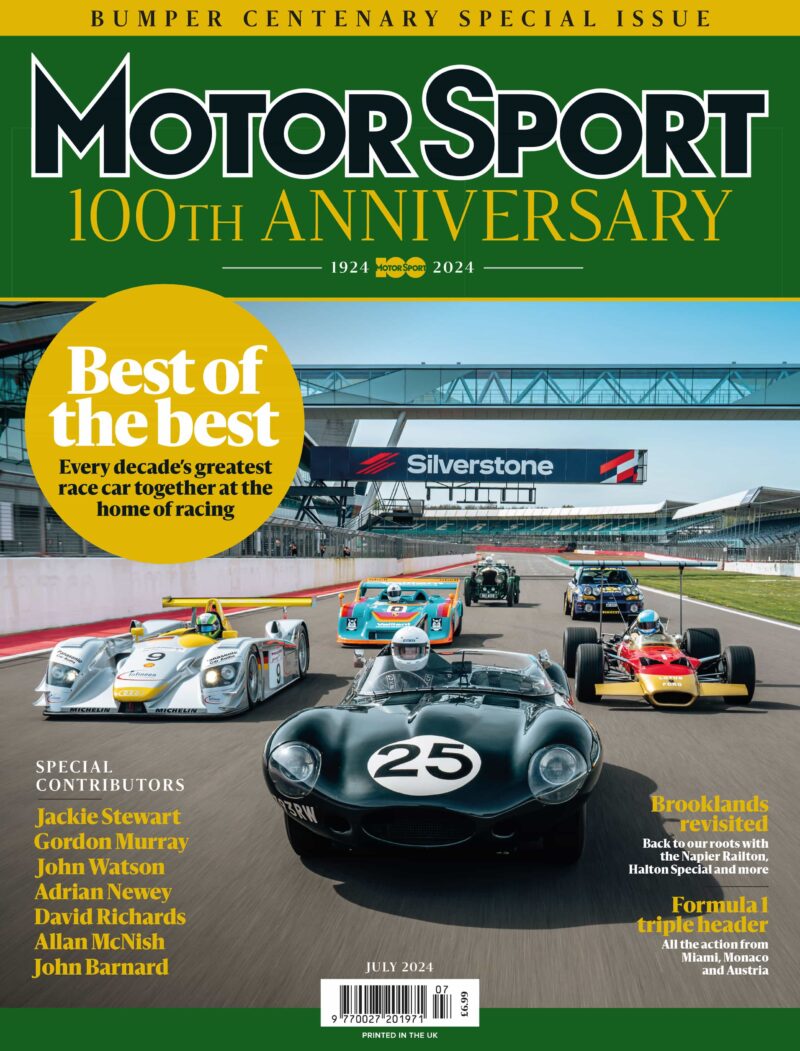
Motor Sport July 2024
